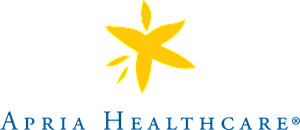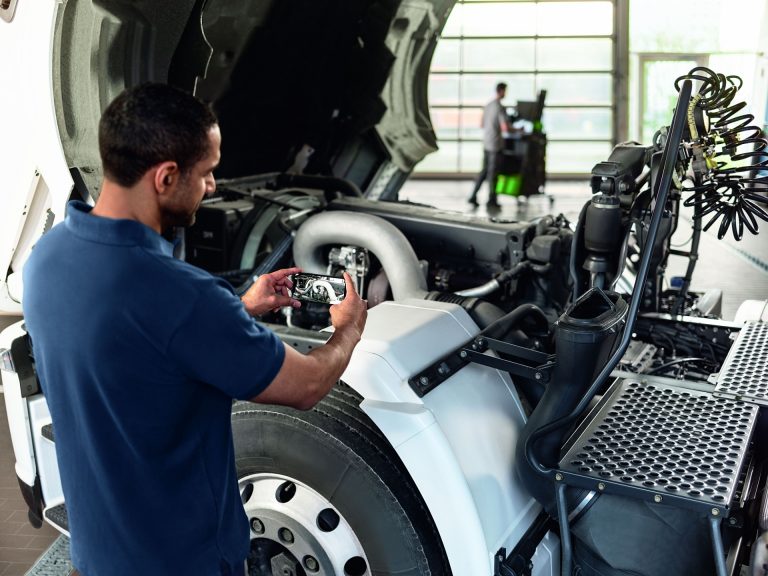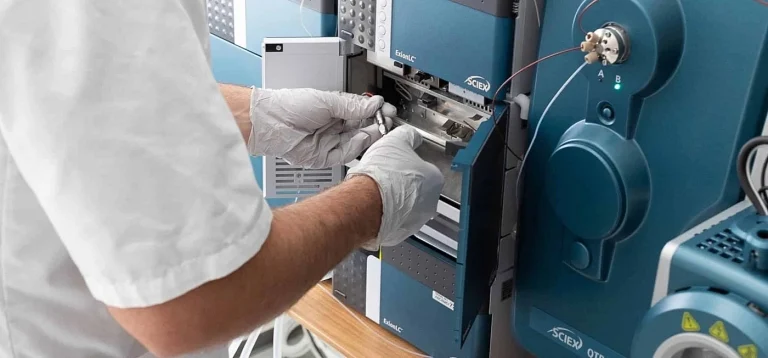
Apria Healthcare uses SightCall’s visual support to guide patients and caregivers through medical equipment setup and troubleshooting remotely, reducing service delays. This improves patient support, cuts down on technician visits, and enhances overall care efficiency.
Client
Apria Healthcare is one of the nation’s leading providers of home respiratory services and medical equipment including oxygen therapy, inhalation therapies, sleep apnea treatment, and negative pressure wound therapy. Apria operates more than 290 service locations throughout the United States and serves more than 2 million patients each year.
Challenge
Due to the pandemic, Apria Healthcare’s patients with respiratory conditions who already relied on regular care and functional medical equipment were now also incredibly vulnerable to COVID-related complications. This made it critical for Apria Healthcare to find a way to support their patients remotely without entering their homes.
In addition to regular patient check-ins, the role of the Respiratory Therapist also includes assisting patients with the set up and troubleshooting of medical equipment such as CPAP machines and ventilators.
Previously this equipment was installed and checked during in-person visits. Without the ability to do this, video was necessary. Legislation passed during the pandemic allowed for healthcare providers to use video calling software like WhatsApp and FaceTime for a period of time, but these generic video calling tools were not sustainable long term due to HIPAA compliance, security and lack of features beyond basic video.
It was clear that there was an urgent need for a robust and standardized solution for telehealth that could also be used for visual assistance with medical equipment. The right solution would support their existing workflow, and allow access from any device with full HIPPA compliance. This would eliminate barriers for therapists and patients using different mobile devices or, in some cases, a home computer. The solution also needed to integrate with the client’s existing systems, which included multiple legacy applications with Salesforce cloud technology.
Solution
Apria was able to quickly deploy SightCall for Salesforce and onboard a group of Respiratory Therapists to assist patients with setting up and monitoring their respiratory therapy machines at home, ensuring their respiratory care continued without endangering the high-risk group through in-person appointments.
Patients can now join a video session from a SMS text message, email link, or WebRTC. SightCall works seamlessly alongside the Aprialink application in Salesforce allowing the therapists to initiate video sessions directly from the case file with all the patients’ information on hand. They can record data from the call, including machine readings, directly back into the file.
During a SightCall session, the clinical and logistics staff use tools like AR annotations to illustrate steps needed to setup or troubleshooting the patients’ home devices. With the OCR (Optical Character Recognition) reader RTs can scan barcodes or labels without manual input, all while communicating directly through reliable live video.
Benefits
Since deploying SightCall, feedback from both the Respiratory Therapists and patients has been overwhelmingly positive.
“Our teams aren’t able to go into homes but can work with patients on a call to give instructions on how to use the equipment. SightCall was easy to implement, and the support team was with us through the go-live and beyond. We’re so happy patients are taking our calls, using our tools, and can solve their problems without a home visit.” – Manisha Naik, PMP, Senior IT Director Apria Healthcare
Scheduling regular follow ups is has increased healthcare access and patients have enjoyed getting to interact with their therapists regularly, increasing trust and satisfaction.
“A couple calls in and I had it down and was able to walk the patient through joining a call and it’s been smooth sailing. This tool has made my workday so much easier, makes my job easier, makes me and my patients happier. Every patient I’ve had has been so happy to see me and mentioned how nice it was to talk with someone face-to-face.” – Alice Varra – Respiratory Therapist
Supporting patients to set-up and monitor their equipment at home reduces delays or problems that could have serious medical consequences.
“I had a patient having trouble with setting up their CPAP machine who was very frustrated and wanting to return it. Within ten minutes I was able to help him, and he said he would try it that night. The next morning, I followed up and he said the machine had worked great and really helped him sleep. He decided not to return the device.” – Marcene Hjelm – Sleep Specialist



